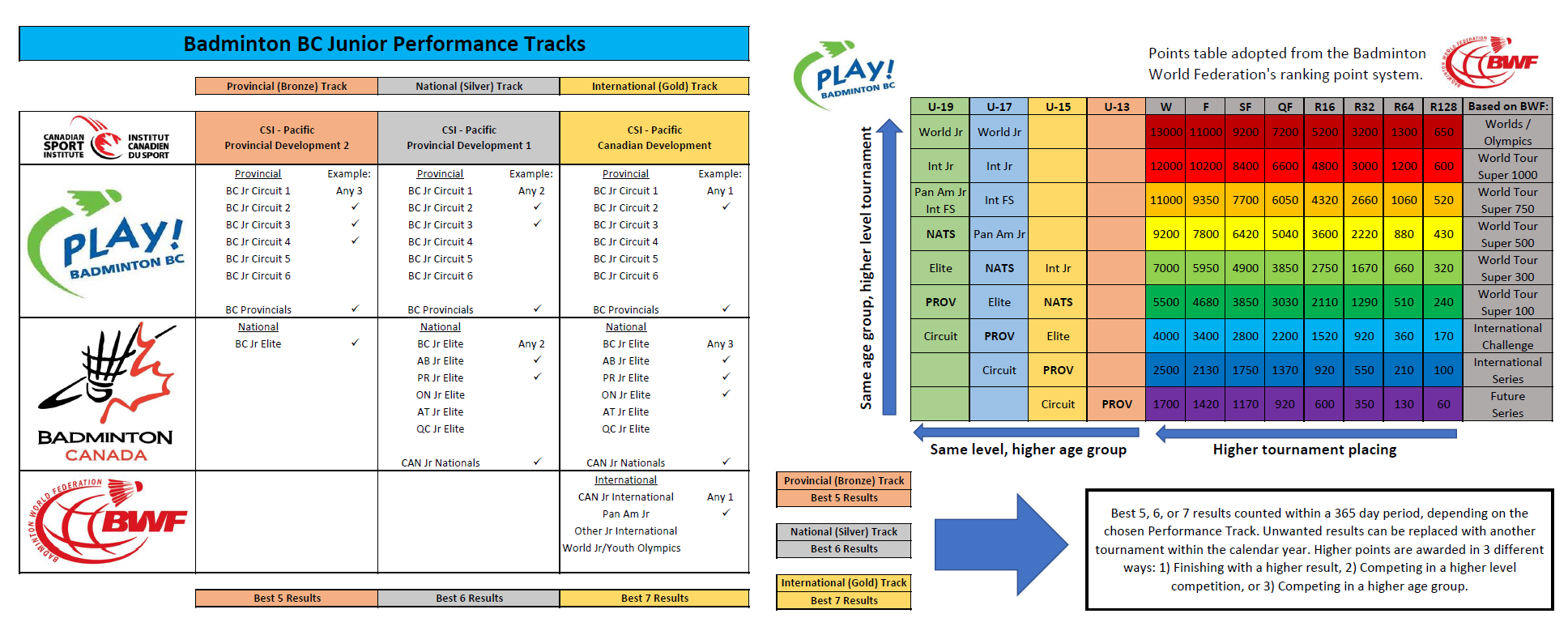After deciding that I didn’t like my 4th revision, I decided to sleep on it and write the following day instead. The mind goes into strange places too late at night (hence those TV infomericals do extremely well at night). I have been aware that I’m at critical levels in my workload, as addressed in my previous post, but that has been my own “fault”, as that can be easily exchanged with “opportunity”. It’s just perspective.
Today, I woke up and decided to check the quarterfinal results of the 2018 Hong Kong Open, where the #1 world ranked Men’s Doubles team from Indonesia was to face off against a recently-returned-from-retirement scratch team from Korea. There was a bit of buzz about the match up, and apparently I woke up right at the beginning of the match, so I was able to enjoy the match live on YouTube. Apparently it peaked at about 50,000 views online, and the match was fantastic.

Once again, it made me re-think of what I wanted to do with badminton, as I often wondered if I should have went in a different direction that I was considering, including notational analysis, or other elements from a Gold Medal Profile. However, the match today included everything, and it reminded me how dynamic badminton was, and also how much variation is involved in the game. For example, consider this rally from the match, voted as the Play Of the Day:
https://www.youtube.com/watch?v=9oQosny0u0g
When trying to consider a Winning Style of Play, it’s difficult to determine the best way to play because it is impossible to max out in every single attribute. For example, the Indonesians have a very aggressive, flashy, style of play based heavily on tactics and unconventional methods. However, the Koreans are more structured, focusing on discipline, patience, and technique to add onto their physical conditioning. Due to the sequential nature of many racquet sports, both styles of play can be appropriate depending additional factors, such as venue conditions, speed of the shuttle, temperature in the venue, and even the psychological state of the player. It is essentially a race between the tortoise and the hare, but over many trials. Sometimes it’s better to be slow and steady, sometimes it’s not.
And luck, or chance, is always a factor that needs to be considered. Randomness. This includes issues such as service faults, net cord deflections, and broken strings in the middle of rallies. Draw placement and scheduling also can impact a player, so if seems like creating a GMP for badminton is as difficult as creating a comprehensive multidisciplinary model of Talent Identification.
I suppose the curse for some is “the more you know, the more you know you don’t know”, attributed to Aristotle. In contrast, the Dunning-Kreuger effect, when someone of low competence over-estimates their level of confidence, is the other side of the coin. I have constantly reflected on this dichotomy, trying to give myself some confidence when I feel that I’m clueless, but also the humility to know that I’m probably missing something whenever I am confident. My choice in topic for a literature often went through these two extremes.
In the end, I decided to look at deliberate practice and how it contributed to performance. Based on my beliefs that there are many different ways to win a badminton match, I would like to think that it is like a Strength/Weakness chart from Pokemon, where water-type has advantage over fire-type, fire-type has advantage over grass-type, and grass-type has advantage over water-type (for more examples: https://bit.ly/2DpI4u1). Despite the different styles and preferences of play, I would propose that techniques and tactics are not necessarily wrong, but only more/less effective in certain conditions. Context is important.
And deliberate practice is just that, more or less. In my review, I asked the question what “deliberate” means? On the one hand, it can mean “on purpose”, for example, “The shot he hit at his opponent’s face was deliberate”. On the other hand, it can mean “with reflection”, for example, “He had to deliberate where he wanted to place his shot at his opponent”. I personally did a lot of deliberating and deliberately decided that deliberate practice includes elements of both (yes, I just did that… deliberately).
The single greatest factor that leads me to side with deliberate practice comes from Stoic philosophy. Deliberate practice is well within the control of the athlete. To me, that is the most important thing because everything else is largely outside one’s control: talent identification, resources, opportunity, genetics, team selection, etc. Even the status of an expert is largely not agreed upon, not should it matter on the path toward mastery. Perhaps mastery is only a direction, not a destination.
That is why I stopped complaining. As much as I love problem solving, I don’t want to create a new problem that I need to solve. I just need to take things one day at a time, and progress on this project the same way. Whatever curve balls come my way, those things are outside of my control. Grit, growth mindset, and deliberate practice are all things within my control.
And after arriving at the end of the tunnel, I realize that I cannot go back. Might as well keep on moving forwards…

